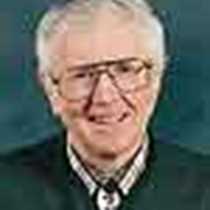Columbia River Entrance at Astoria
Astoria, the oldest American city west of the Rocky Mountains stretches along a peninsula, Coxcomb Hill, and overlooks the mighty Columbia River where it meets the Pacific Ocean.
Close by Sea Bird’s anchorage is the site of Fort Astor where John Jacob Astor’s ship Tonquin arrived from New York City by way of Cape Horn in 1811. Astor intended to establish a fur trading empire and the first American settlement on these far shores.
Astor’s endeavor was short-lived after the War of 1812 started. His representatives, nearly all hired from the Northwest Fur Company in Canada, sold out Astor to their Highland clansmen for pennies on the dollar. It became Fort George under the British and then Astoria when joint occupation of the Oregon Country by Britain and America ended.
A portion of Fort Astor is replicated on the site and the landscaping is native shrubs first collected and described by Lewis and Clark when they over-wintered in 1805-06 at nearby Fort Clatsop National Historic Memorial.
The salal (Gaulthria shallon) that is so conspicuous at both fort sites is a mass of shiny green or new russet leaves and is all covered in May with waxy pink-tinted flowers that hang in mass like tiny bells.
Capt. Clark noted Feb. 8, 1806, that the Clatsop Indians praised salal berries for eating. He wrote in his journal: “The shallon is the production of a shrub which I have taken to be a species of loral (laurel) and mentioned as abounding in the neighborhood and that the Elk fed much on its leaves.”
Our guests experienced Astoria and environs today from the Astor Column at the top of Coxcomb Hill, to the Columbia Maritime Museum and onto Fort Clatsop. The climax before starting upriver to Portland was a run west with Sea Bird to the bar where the Columbia’s currents meet the incoming swells of the Pacific close by Cape Disappointment. Here, Capt. Robert Gray in 1792 first established that this was the long sought River of the West, which he then named for his ship the Columbia Rediviva.




